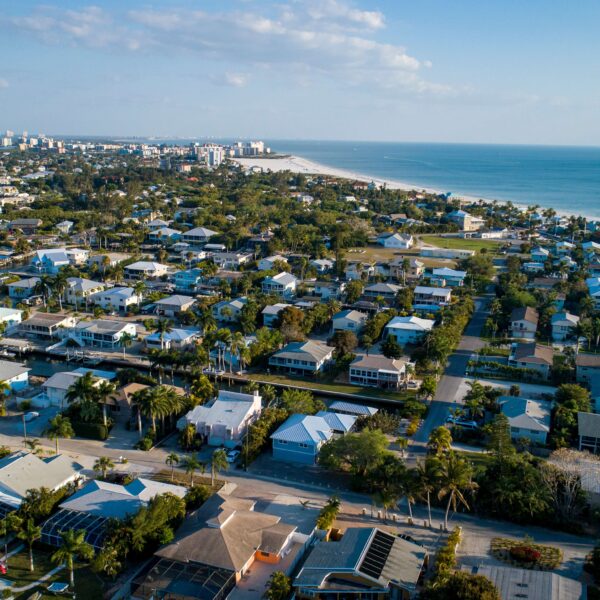Vincent Van Gogh’s time in Arles, a small town in southern France, was one of the most productive and transformative periods of his short (but prolific) career. Between 1888 and 1889, he produced over 300 works—a staggering output that included some of his most famous paintings. Arles became not only a place of artistic experimentation for Van Gogh but also one of emotional turbulence, as he eventually spent time in a local mental hospital. Despite personal struggles, his creative energy during this time shaped the legacy we know today.
Here are six essential works that show what Van Gogh painted in Arles:
1. Bedroom in Arles (1888)
One of his most recognized paintings, Bedroom in Arles reflects his desire for peace and stability. Painted while living in the “Yellow House,” this room became a sanctuary for Van Gogh and he depicted it with skewed, yet intimate, perspective. The work is full of symbolic color choices meant to evoke rest and simplicity.

2. Van Gogh Café Terrace at Night (1888)
This vibrant nighttime scene features a real café that still exists today. Van Gogh was fascinated by the effects of artificial light at night, and this painting was among the first where he experimented with starry skies, an early step toward The Starry Night.

3. Langois Bridge at Arles, series(1888)
The Van Gogh Bridge at Arles is a series of paintings that captured the Langlois Bridge, a drawbridge near Arles that reminded him of the canals in the Netherlands. These works highlight his love for capturing everyday life and working-class subjects with rich color and motion.
See the rest of the collection here.

4. Garden at Arles (1888)
The Van Gogh Garden at Arles isn’t a single piece of work but several pieces painted in and around the public gardens near his home. These vibrant, swirling representations of plant life show his deep connection to nature as a source of healing and inspiration.
See more works from the Garden of Arles here.

5. Sunflowers (1888)
Though often associated broadly with Van Gogh, the famous Sunflowers series was specifically painted in Arles as decoration for the guest room of fellow artist Paul Gauguin. These works symbolize both artistic friendship and Van Gogh’s belief in the emotional power of color.

6. The Yellow House (1888)
This painting depicts Van Gogh’s very home and studio in Arles. It was the intended base for a community of artists he hoped to build. Though that dream never fully came to life, the Yellow House remains a symbol of his ambition and artistic vision.

Van Gogh produced work that was joyful, turbulent, visionary, and deeply personal in Arles. The body of work from this period is essential to understanding his artistic legacy and Arles, France, remains an enduring part of his story.
Sources
- Van Gogh Museum. (n.d.). Van Gogh in Arles. https://www.vangoghmuseum.nl/en
- The Metropolitan Museum of Art. (n.d.). Vincent van Gogh (1853–1890). https://www.metmuseum.org
- National Gallery of Art. (n.d.). Vincent van Gogh Biography. https://www.nga.gov
- Art Institute of Chicago. (n.d.). Van Gogh’s Bedrooms. https://www.artic.edu




